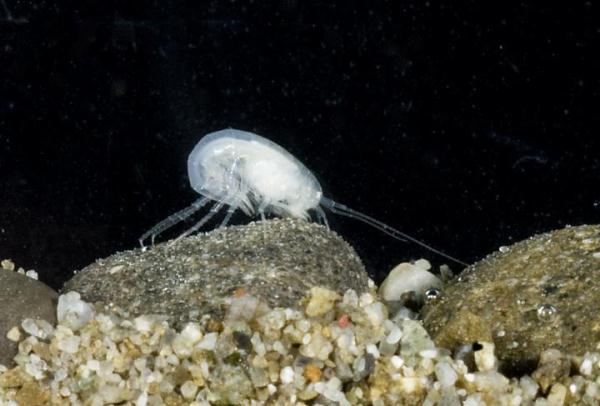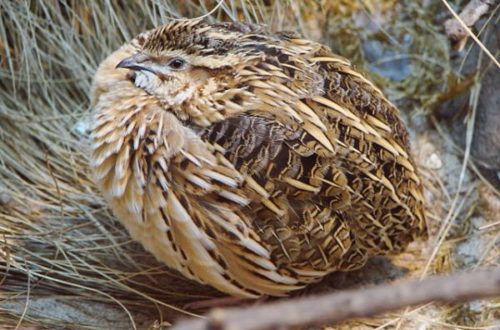Three New Species Found in Freshwater Caves
One of the most remarkable and mysterious places in the world can be found on the Kahurangi National Park in the northwest section of New Zealand’s South Island. A series of underground river cave systems delivers the Pearse River up to a dramatic entrance from under a mountain cliff in the Tasman Region.
 Newly discovered amphipod. Photo by Nelson Boustead/NIWA.
Newly discovered amphipod. Photo by Nelson Boustead/NIWA.
The Mystery of the Pearce River’s Beginnings
The mystery arises from the unknown source of the river, the deepness of the cold water cave systems, and the challenge of diving deep against strong underground river currents to find the answers.
Using dry tracers, scientists have so far been unsuccessful in their efforts to find the underground river’s still-elusive source. As noted in the article “Deeper into the Pearce Resurgence New Zealand” by Richard Harris and John Atkinson, divers began exploring in 1975, and areas of the caves are mapped. The dangerous dive already claimed one diver’s life. The two latest efforts occurred in 2011 and 2012. Divers have traveled 194 meters deep in near-freezing water.
Divers Find Three New Species
Despite the river source remaining a mystery, divers discovered and brought to light three new species from the frigid underwater river caves. The New Zealand National Institute of Water and Atmospheric Research published an article available on its website NIWA with comments by Dr. Graham Fenwick.
Dr. Fenwick explained: “It’s important to do an inventory of life in New Zealand, and in this case, it’s a pretty special type of environment, and we don’t have many limestone karst systems that are readily explored.”
From the River Styx
Scientists have tapped Greek mythology to describe the types of animals living in the dark, deep underwater cave systems. Just as the River Styx was the water route to the Underground, so are the underground rivers a route with mysterious beginnings from deep inside the earth. Thus, animals that live in this environment are termed stygofaunal, which means “From the River Styx.”
One of the species found is a tiny, colorless amphipod crustacean. Dr. Fenwick gives the following description:
“It is 6-8mm long, the divers could see it crawling over rocks, it really is a beautiful animal. It belongs to the poorly known genus Paraleptamphopus, one of two genera within the New Zealand endemic Family Paraleptamphopidae.”
The second find is a gastropod snail that measures 1.5 millimeters in diameter. The third is an eight millimeter long oligochaete worm.
Techniques for Gathering New Species
The divers caught the amphipod by picking it off the rocks near the main diving bell or using little traps baited with shrimp. The amphipod was also found over 40 metres deeper in sediments and gravel.
Any free swimming animals were caught using a tool resembling a turkey baster, “the Stygoslurper as we call it,” says Dr Fenwick.
Divers found the gastropod snail and the oligochaete worm living 15 to 34 meters deep along the main shaft where occasional gravel and sediments supported life.
“All these new finds are endemic to this area,” says Dr Fenwick.
Divers are planning new techniques to dive even deeper into the cave to find the river’s origin and search for more new species.
References:
“Deeper into the Pearce Resurgence.” By Richard Harris and John Atkinson. Photos by Richard Harris. Advanced Dive Magazine.
“Divers Discover New to Science Species Down in One of the Deepest Flooded Caves in the World.” June 25, 2012. New Zealand National Institute of Water and Atmospheric Research. NIWA, New Zealand.
Would you like to receive similar articles by email?





